15 Cool Interesting Insect and Bug Facts
Creepy crawly, or cool, ot both? You'll learn everything about our six-legged friends with these fun facts!
Love ’em or hate ’em, you can’t deny that insects are totally fascinating! See if you can learn something new in our fifteen fantastic facts about bugs – do you know which bug is a natural scuba diver, or what the biggest bug in history was? Find out here! And if you’re insane for invertebrates and adore arthropods try our facts about spiders, snails and crabs!
1. Spiders aren’t insects!
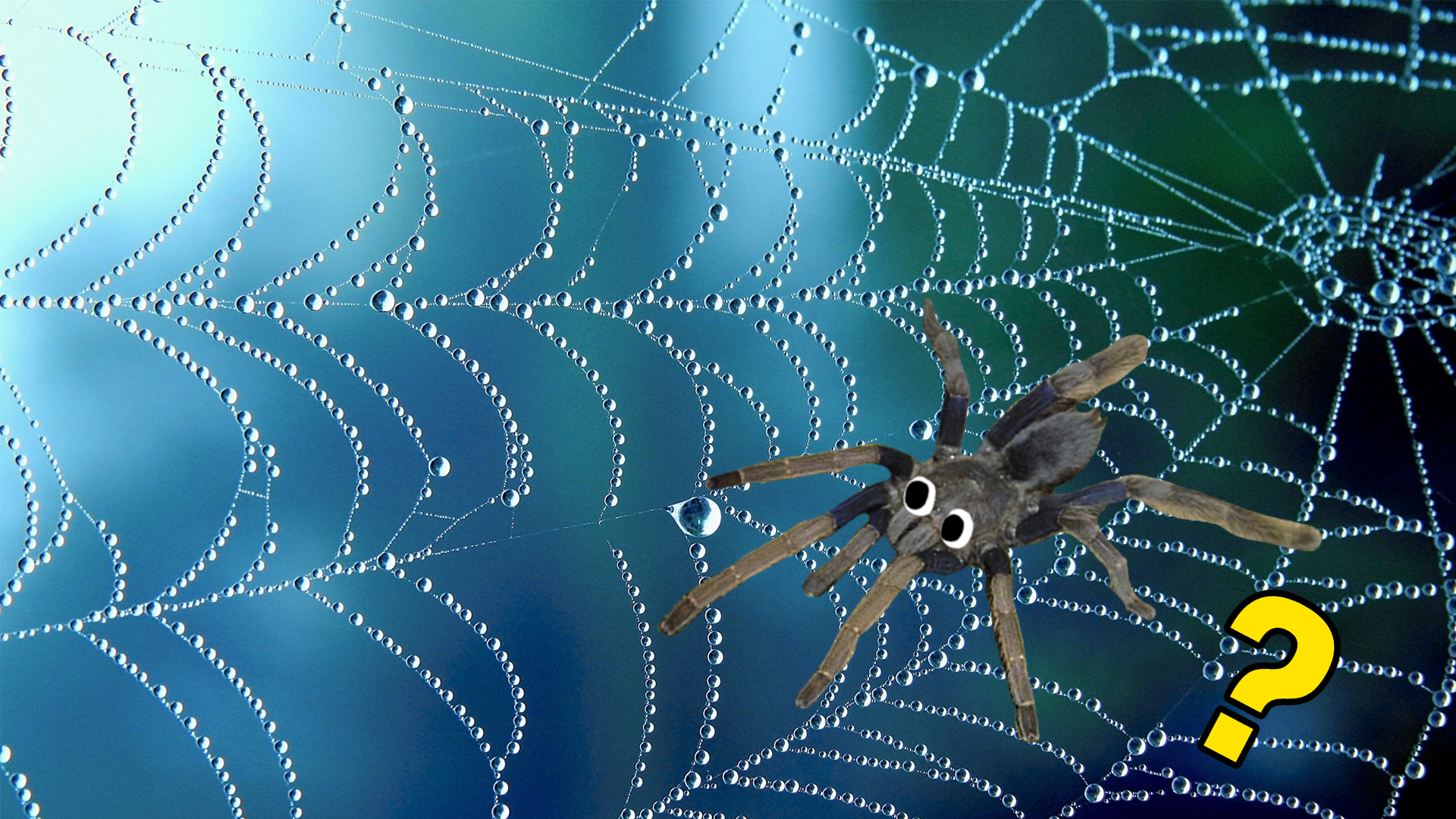
Spiders are often called insects, but they’re actually arachnids, which is a totally different thing. There are a lot of differences, but basically: insects have six legs, two eyes and three segments in their bodies, and they can also have wings and/or antennae. Spiders have eight legs, eight eyes, two body segments, and no wings or antennae. Both of them belong to a bigger group called arthropods, which also includes lobsters and crabs, and makes up around 80% of all animals on earth!
2. There are more beetles than you thought
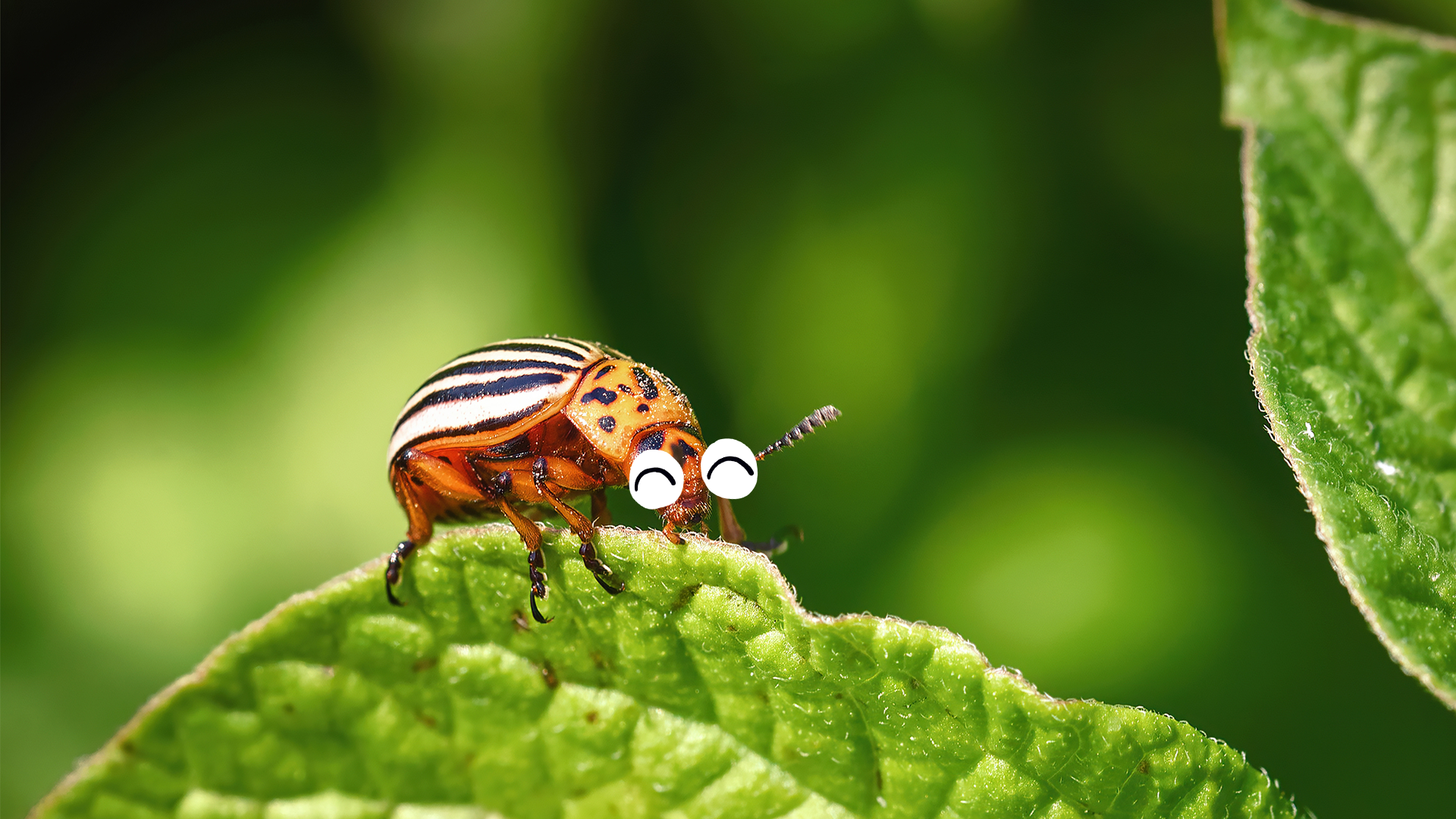
There are more than 380,000 species of beetle, and beetles make up around 40% of all insects. British-Indian scientist J.B.S. Haldane was once asked what a study of nature would tell you about God, and he apparently responded that God must have “an inordinate fondness of beetles” (it was probably a very funny joke at the time)
3. Most caterpillars have 12 eyes

Caterpillars, which are baby butterflies and moths, have six pairs of eyes called ocelli. Some species can have even more! Despite this their vision isn’t actually that good – ocelli are “simple eyes” that can detect changes in light but can’t really form an image. You might see a caterpillar swaying its head from side to side – that’s it trying to distinguish between objects!
4. They’re on every continent, just about

Insects can be found by the handful in most places, and usually where you don’t want them, as anyone who’s ever been camping can tell you! But there’s one entire continent wher there are barely any insects: Antarctica! The only true insect that lives in this frozen desert is a small wingless midge known as the Antarctic Midge. Despite being only 2-6 millimetres in length they are the largest terrestrial animal in the Antarctic – yes, really! It’s a pretty hostile environment down there. Of course very few people are on Antarctica and none permanently, so the global ratio of insect: human is still very high on the insects’ side!
5. There are also no bugs in the ocean
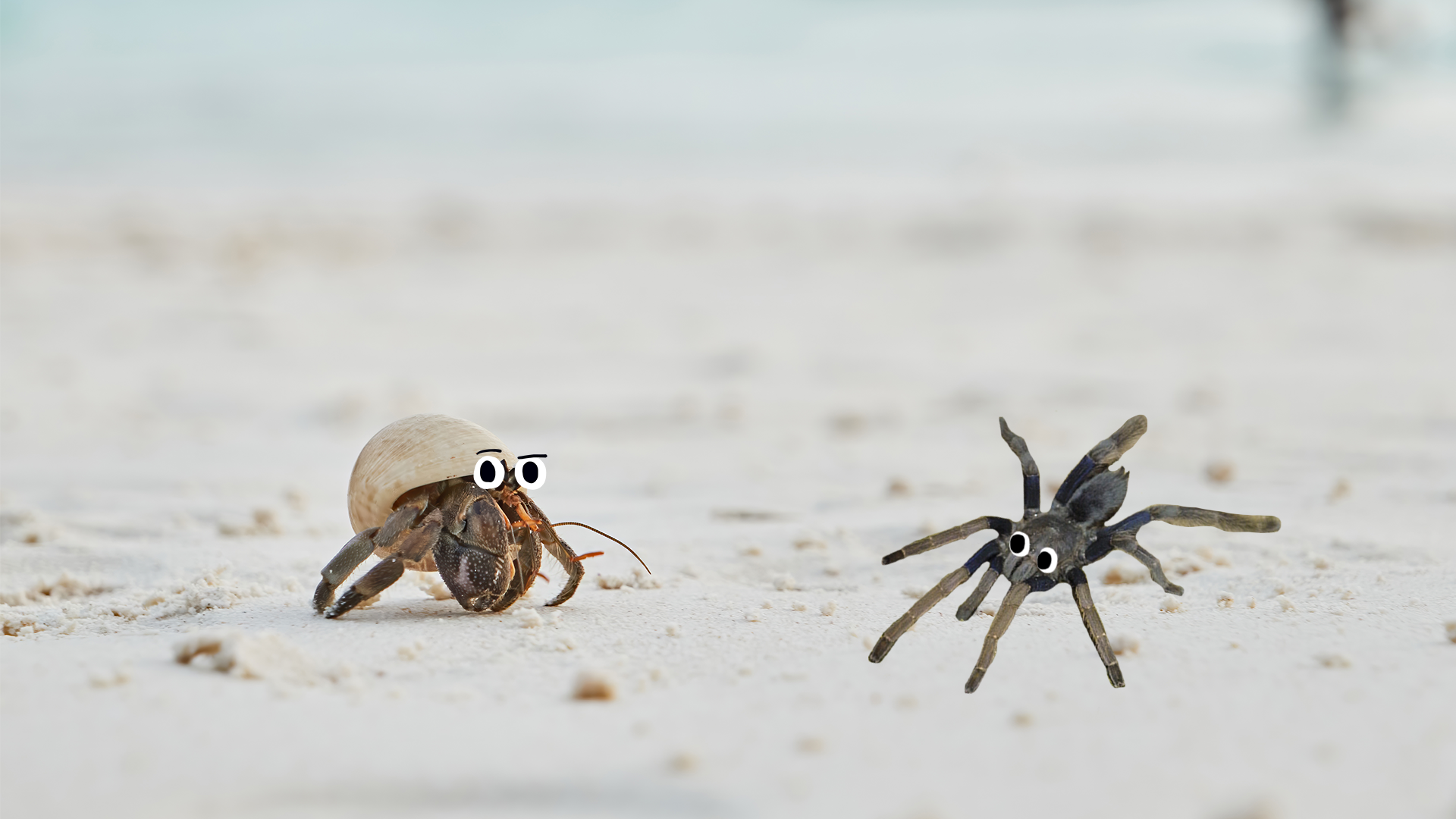
The ocean is not a good environment for insects. No one’s quite sure why, but it’s thought that sea plants aren’t suitable for insect habitats and food. That being said, their cousins the crustaceans can be found all over the oceans, so you’re never going to be free of arthropods!
6. …but some can still breathe underwater
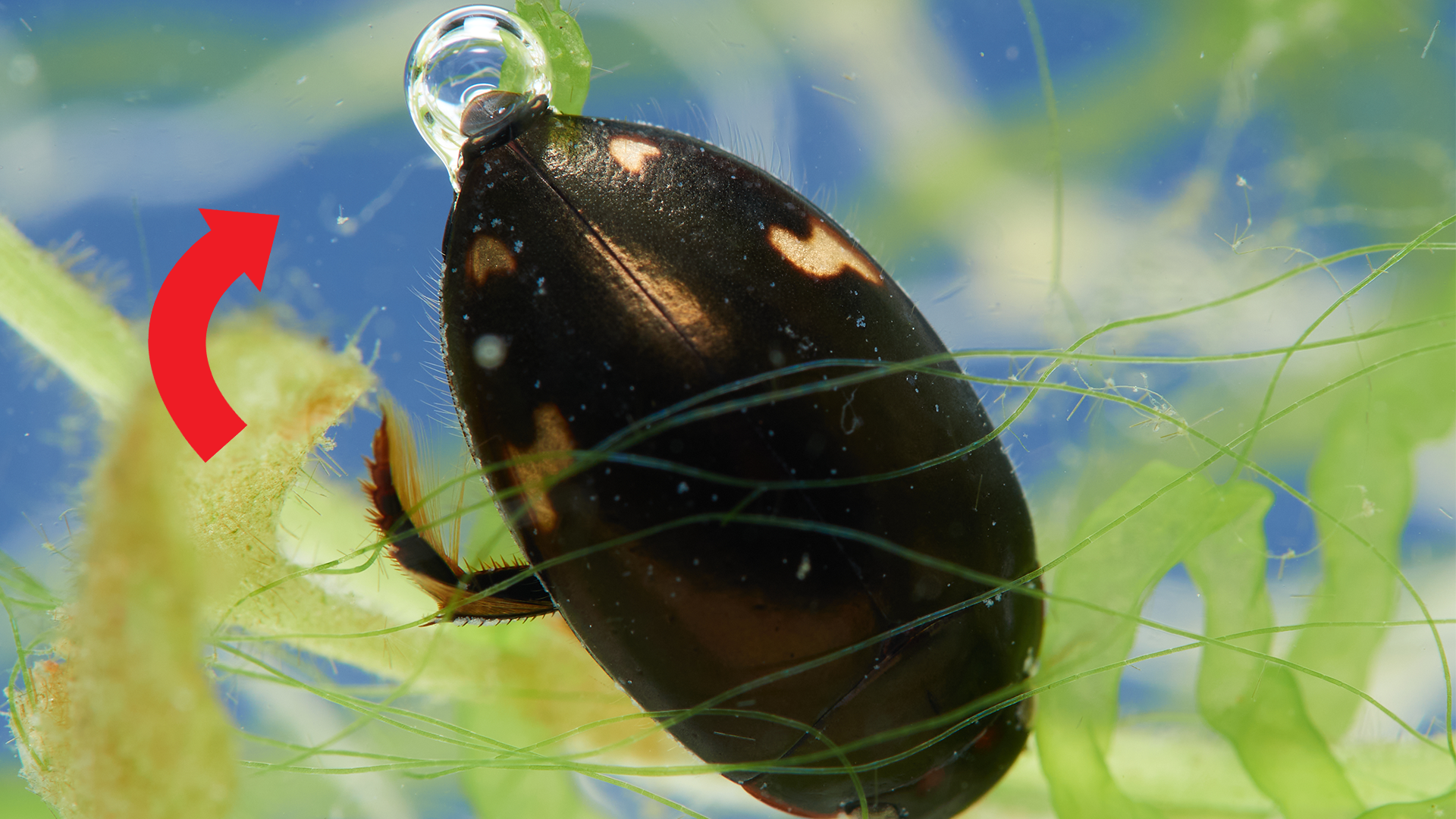
Even if the sea isn’t an insect’s permanent home, they’ve still got a few aquatic tricks up their sleeves! Diving beetles don’t have gills and don’t hold their breath, but actually use the surface tension of water to make a bubble that they take underwater – kind of a natural oxygen tank. There’s also a bug called the water scorpion, which isn’t actually a scorpion but kind of looks like one. It finds food in ponds and lakes by breathing through its tail, which is actually a hollow oxygen tube – an in-built snorkel!
7. They’re VERY old
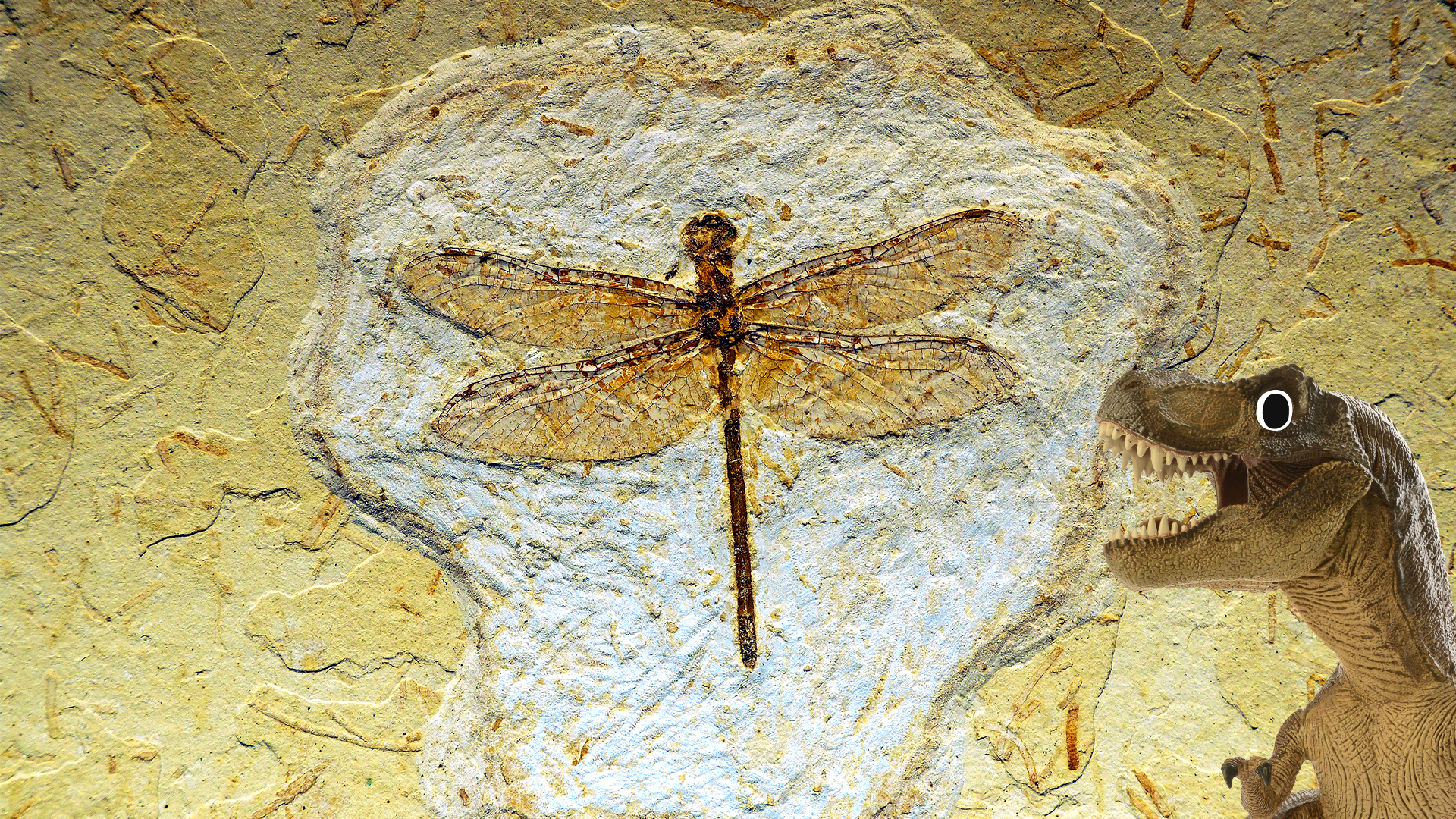
The oldest insect fossil (a pair of jaws) is 400 million years old. That shows that insects may have been some of the first creatures to move from sea to land, and makes them older than the dinosaurs by about 170 million years! The dragonfly is about 300 million years old and hasn’t changed much in that time!
8. They were BIG
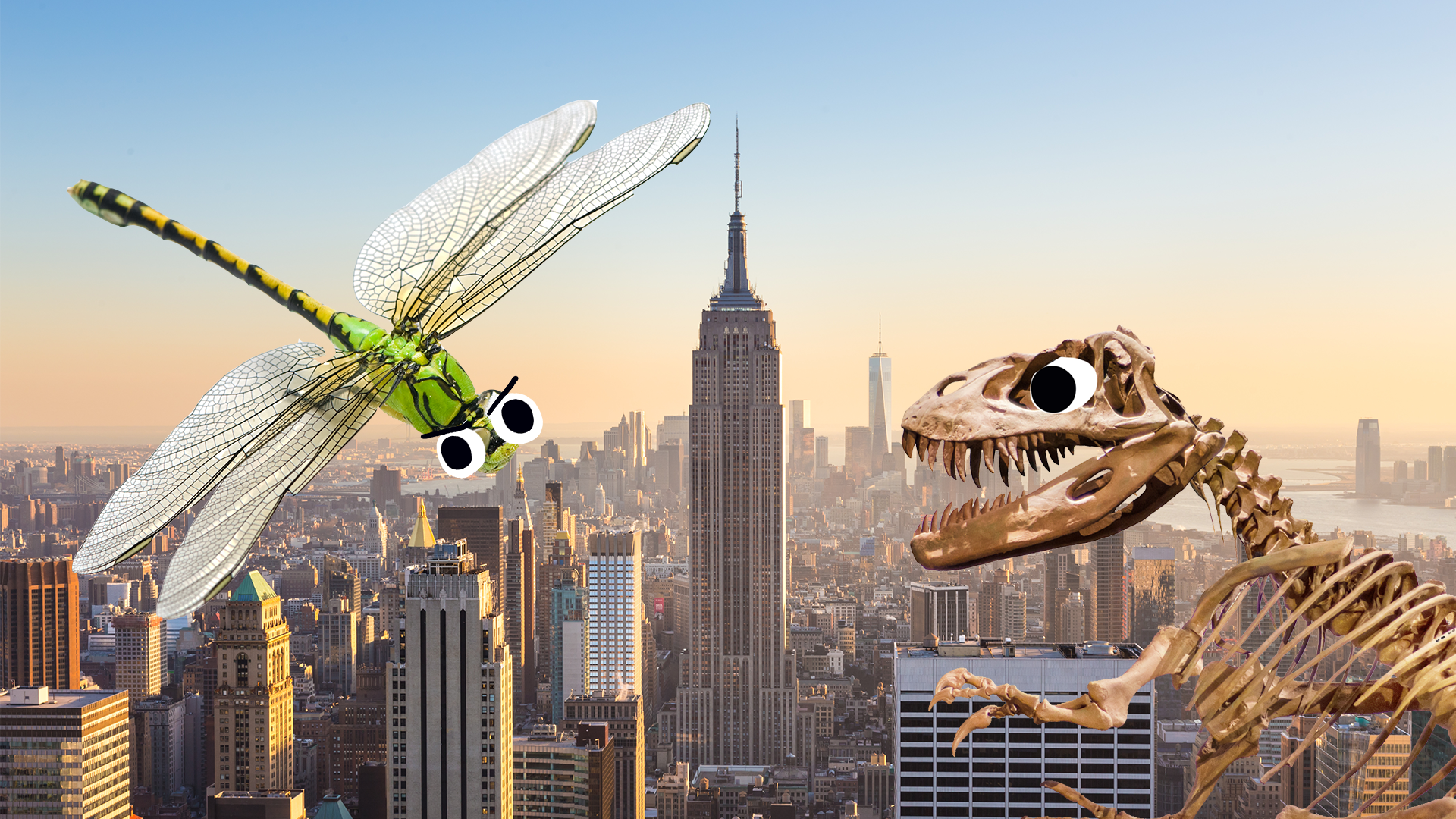
The largest insect that EVER existed is thought to be the meganeuropsis, or griffinfly, a dragonfly-like creature with a wingspan of 28 inches. That’s about the average size of a crow’s wingspan. They would have eaten smaller insects and amphibian-like creatures, and lived 290-250 million years ago.
9. Insect eyes are fascinating
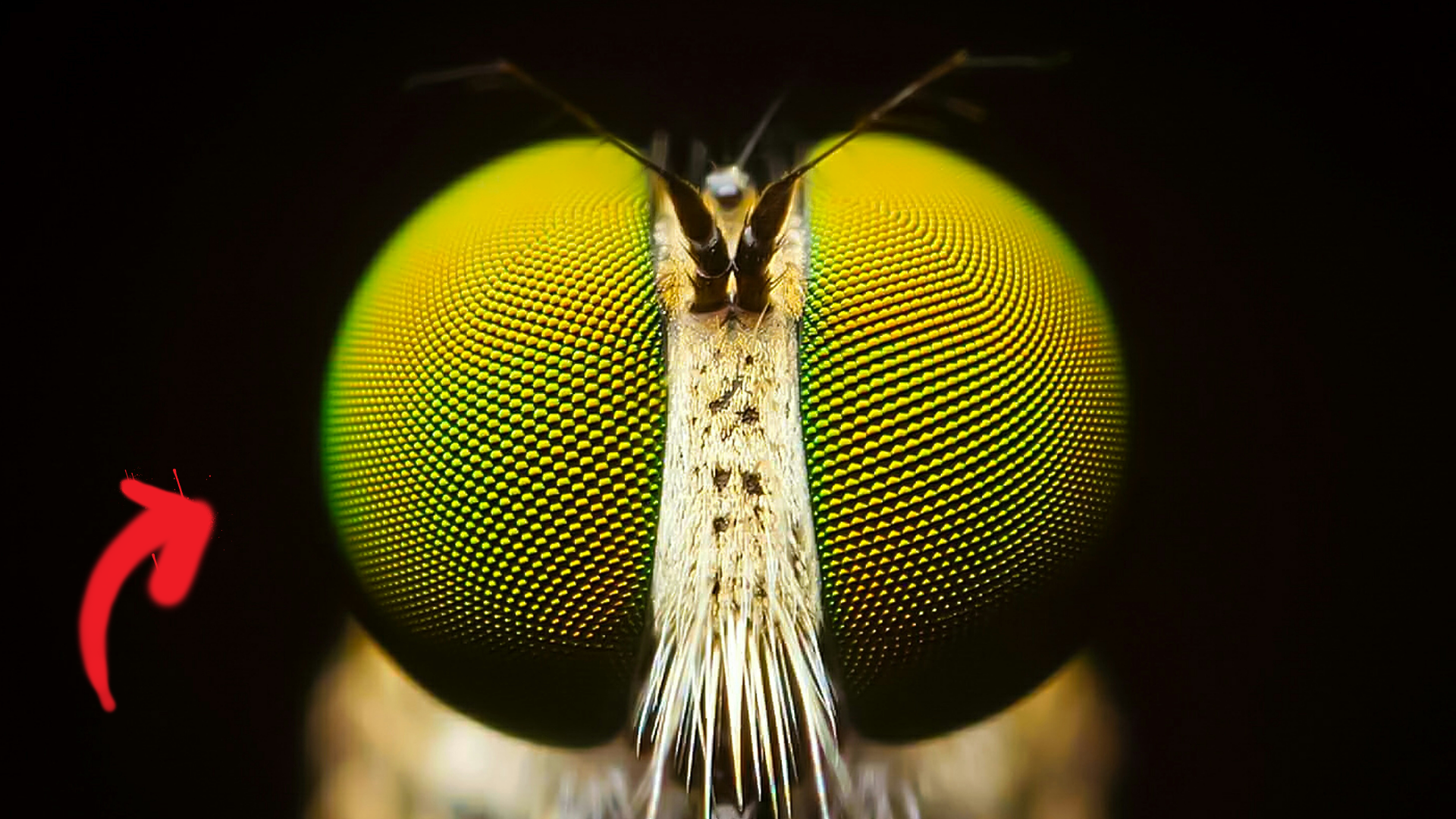
It’s not just caterpillars that have funky eyes in the insect kingdom! Insects have something called “compound eyes”, which means a cluster of smaller visual receptors working together to make a picture, unlike our eyes, which are one big receptor – imagine lots of tiny, weaker cameras vs. one big strong one. You can see this in some bugs with your own (two) eyes without needing a microscope, but the effect is very dazzling when observed super close-up!
10. The Hercules beetle is one of the strongest animals in the world
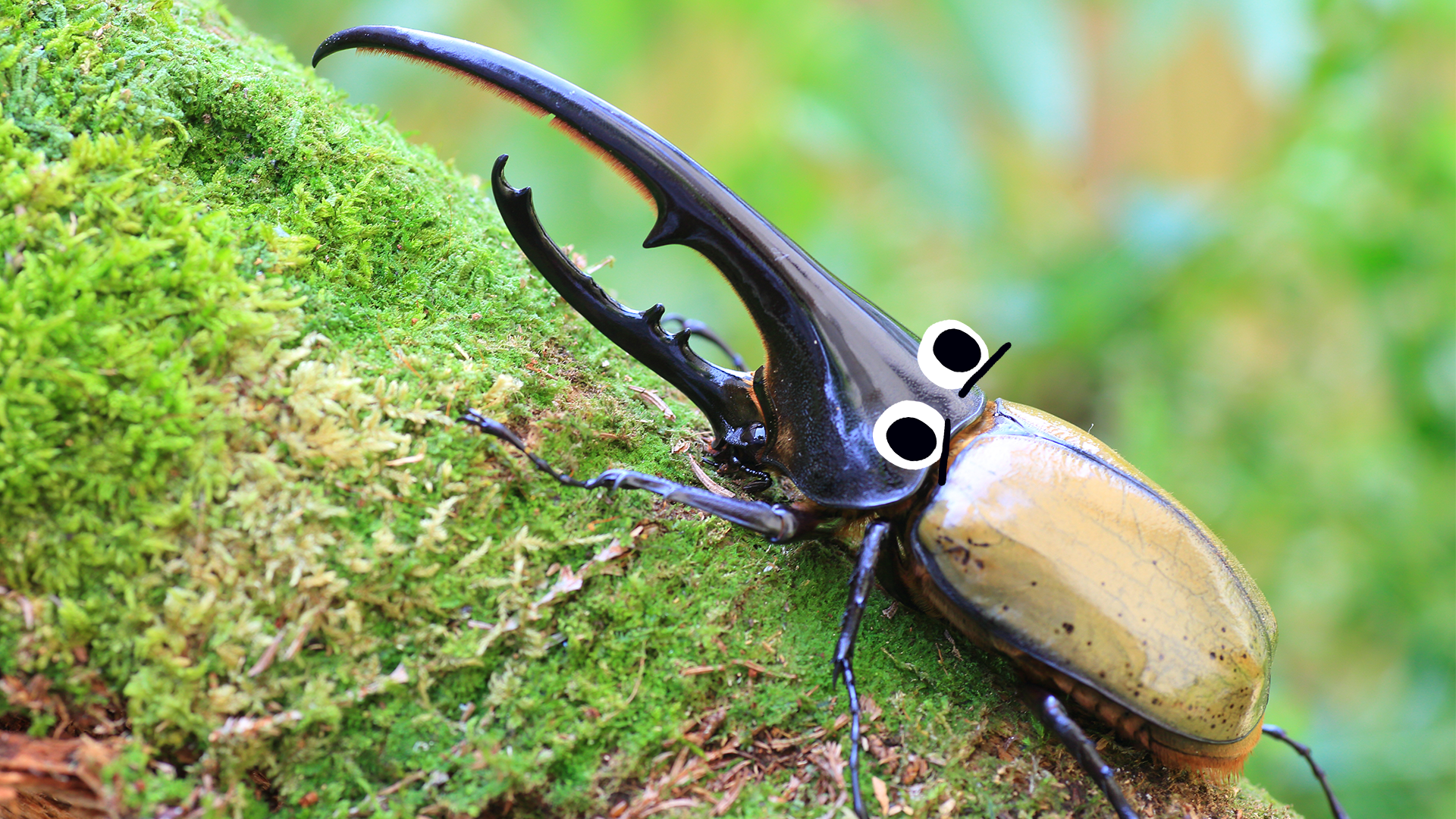
…that is, for its size! The Hercules beetle, named after the famous Greek hero, can lift a staggering 850 times its own weight. That’s the same as you lifting ten elephants!
11. Insects do not have bones

Insects are invertebrates, which are animals that don’t have a spine. This group of animals also includes other arthropods as well as jellyfish, octopuses and squid, slugs and snails, sea sponges and starfish. Unlike some of those jelly-like animals though, insects have something called an exoskeleton, which is a hard shell on the outside of their body to protect the softer insides. Compared to humans, who have hard bones and soft skin, it’s like they’re inside out!
12. They outnumber us by a LOT
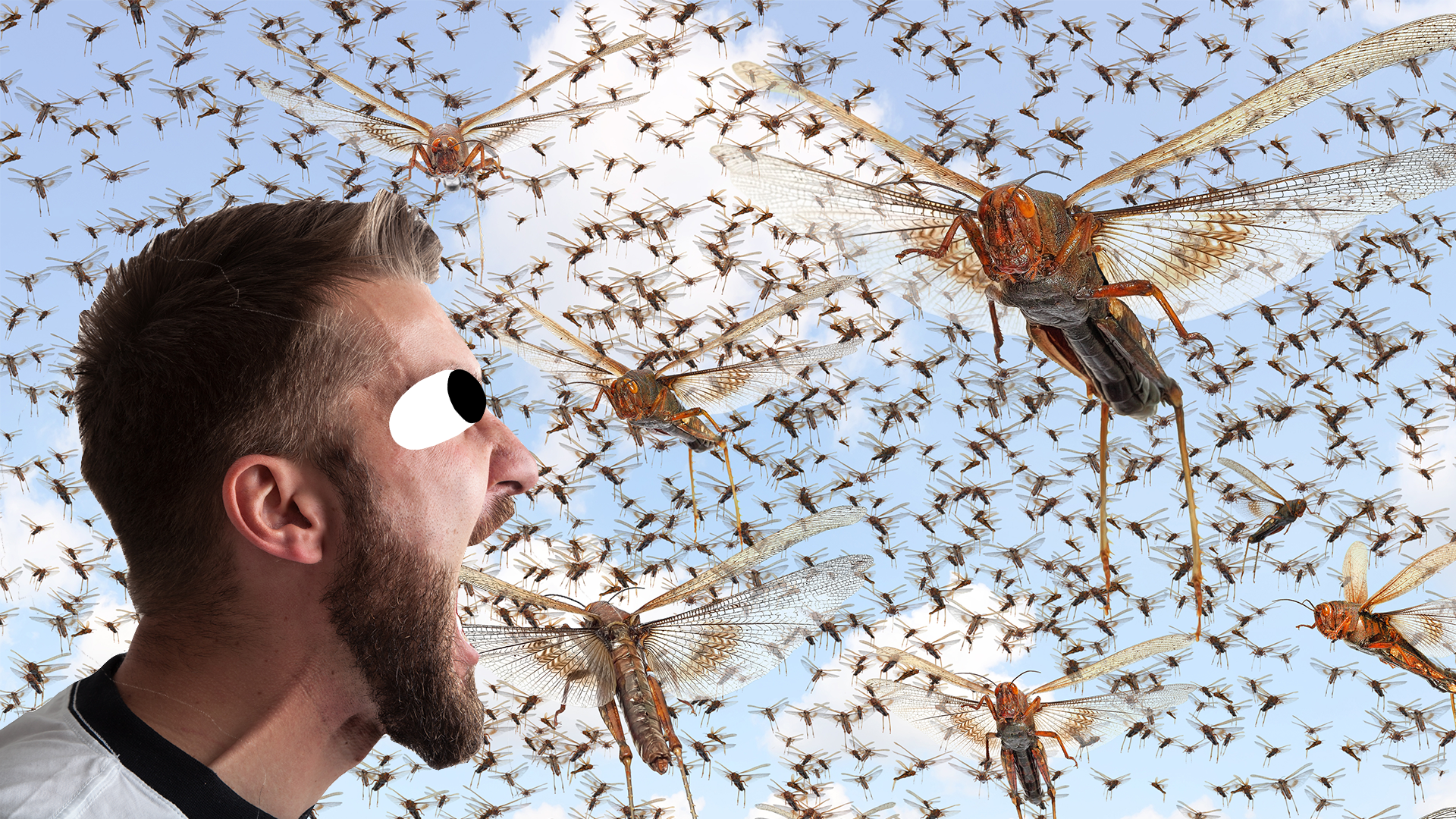
Ever feel like those pesky insects are everywhere? Well, you’re right! For every one human there are about 1.4 million insects. At any given moment there are around 10 QUADRILLION ants on the planet. Good thing they’re not the same size as us!
13. They’re good for the environment
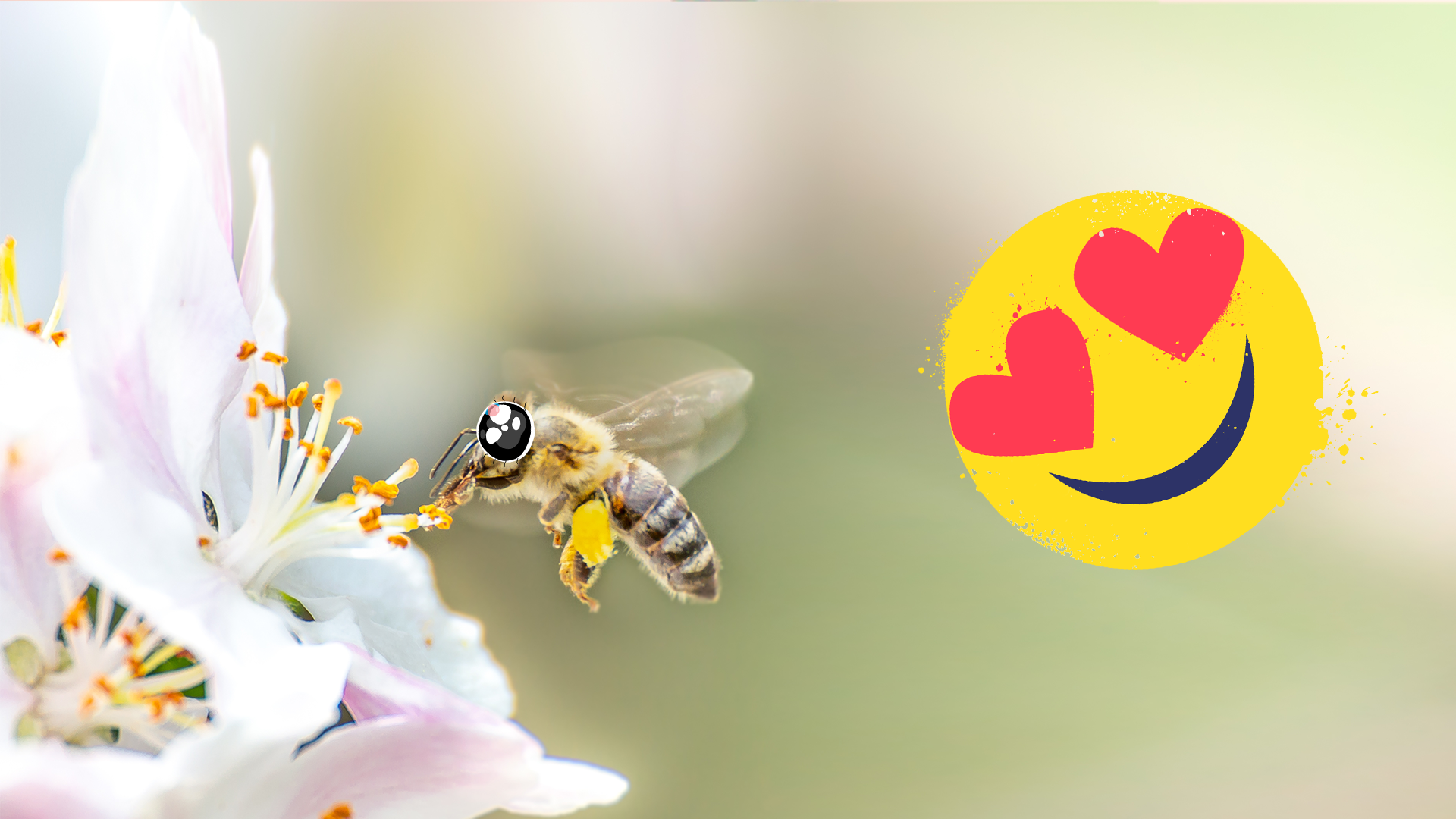
Though some species can be harmful or invasive, insects are overall a good thing. About 90% of wild plants and 75% of farmed crops depend on pollinators like bees to spread them and help them grow. This is essential for us to eat! Next time you see a bee, say “thank you”!
14. Their bodies are very different to ours
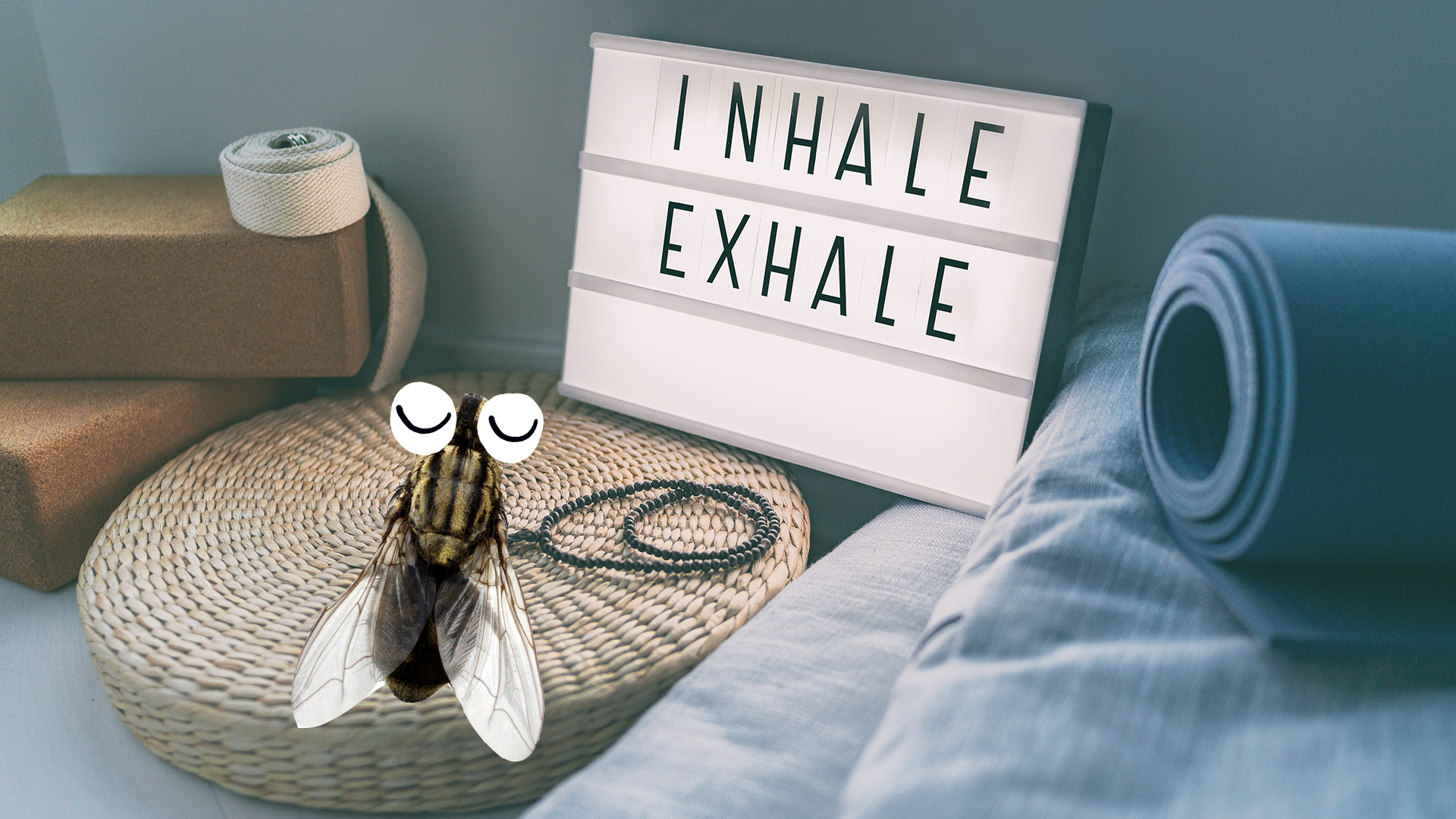
And not just in appearance! Insects don’t have lungs like mammals do, so they breathe in a different way. They inhale oxygen and exhale carbon dioxide just like us, but they do it via small holes on their exoskeletons called “spiracles”. They pump blood in a different way, too. We have veins and arteries that movie blood around with our hearts as the pump, but insects’ organs are bathed in their blood in what’s called an open circulatory system, with the “heart” a long organ running along their backs that kind of sloshes the blood around. Their blood is usually clear but is sometimes green or yellow. Cool!
15. A bug scientist is called an entomologist
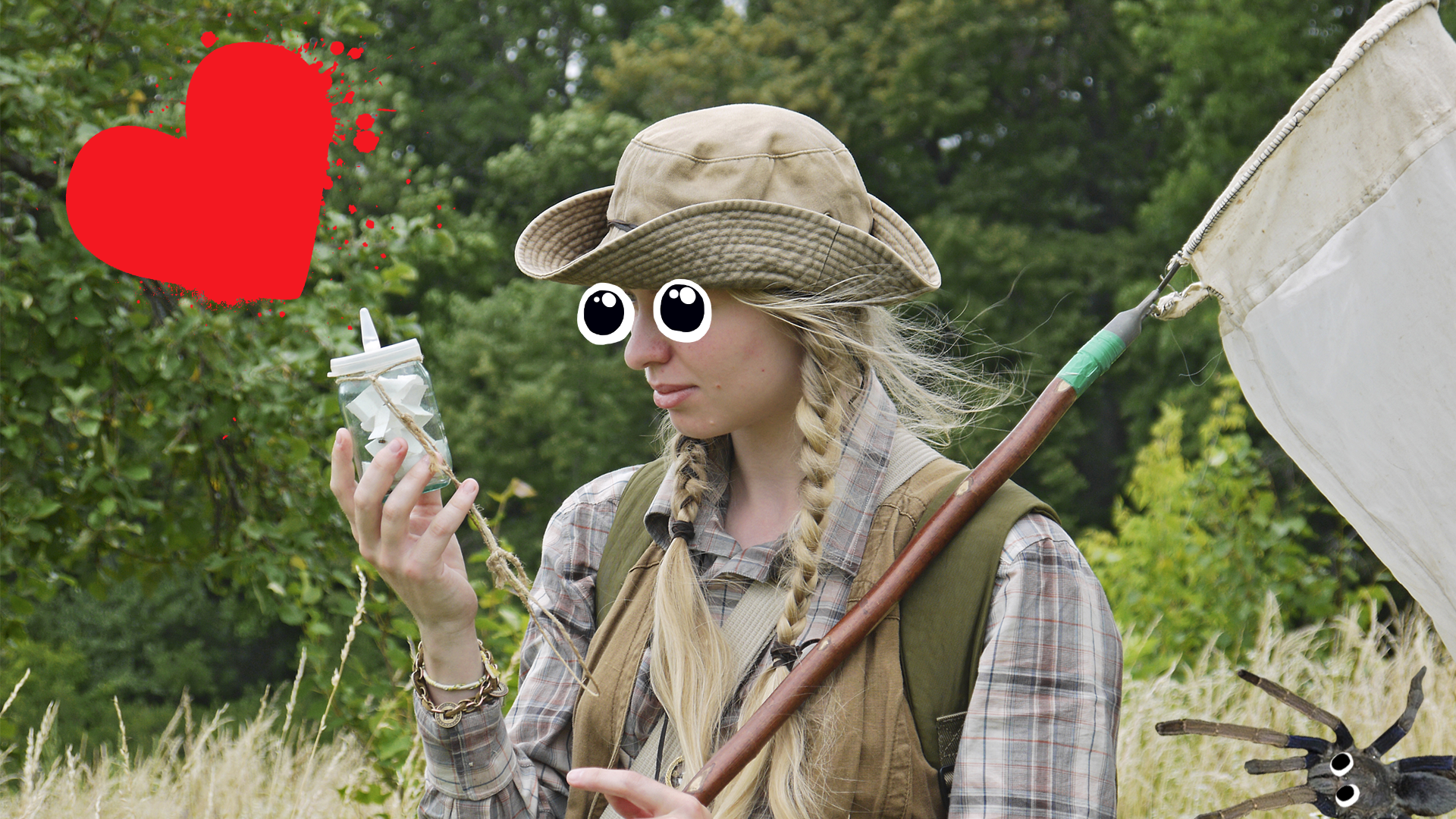
The study of insects is called entomology (not to be confused with etymology, which is the study of words). If you absolutely love bugs it could be the career for you – check out some insect books at your library, or head to your local museum and check out the bug displays to learn more!
















